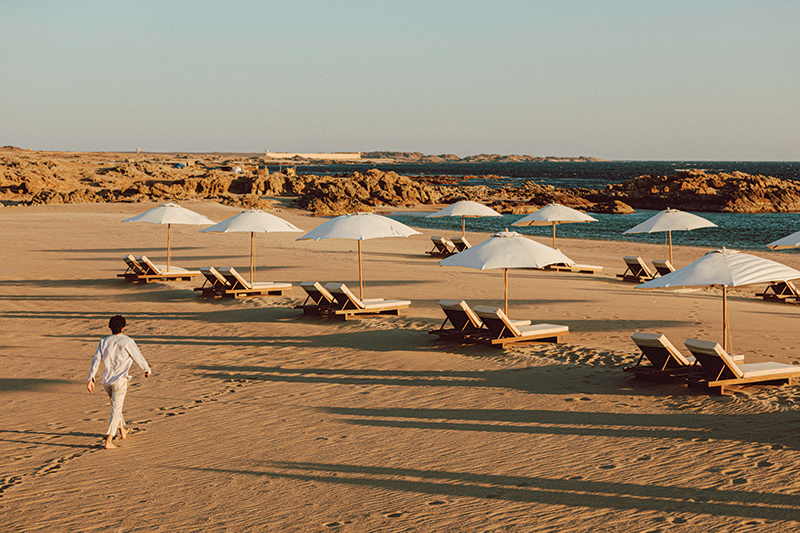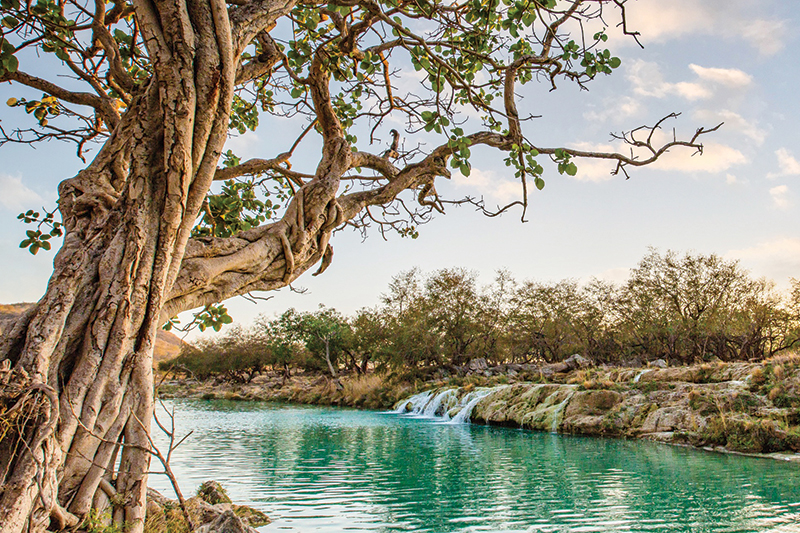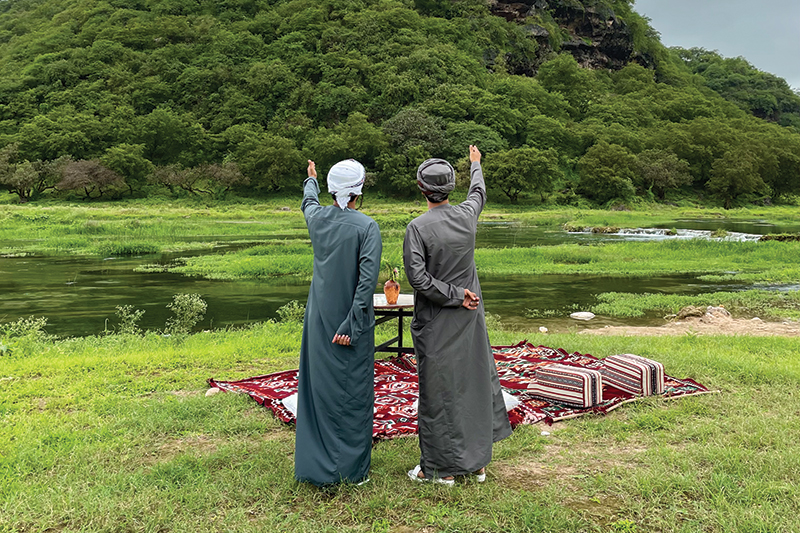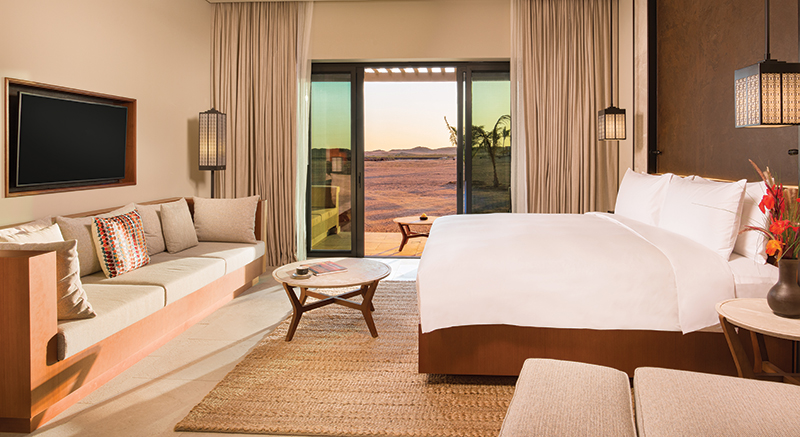What's On travels to: Salalah, Oman
What’s On travels to Oman’s southernmost province to experience Salalah outside of its famous Khareef season, and finds it better, and more beautiful, than ever…
Plenty of guidebooks wax poetic about summertime in Salalah. Temperatures dip, the rain clouds loom and there’s a magical mist in the air. It’s a hugely popular time when visitors fly – or drive – down from nearby countries to embrace the cooler, fresher climate while the rest of the GCC roils in the heat of summer. I’ve done it myself and revelled in the uniqueness of a misty and damp August.
But there’s more to this sub-tropical spot than its mystical monsoons. The winter months – November to March – are drier in Salalah and are technically considered the off-season for tourism. I kind of love that post-Khareef exhale when the tourists leave and hotel prices drop. In fact, it’s pretty close to perfect, whether sunbathing on secluded beaches, wading through crystal-clear rockpools, or picnicking by serene waterfalls, Salalah unveils its best without the rain or the ruckus.
Dive into the ocean

During Khareef, the ocean waves are high, the currents dangerously strong and it’s generally prohibited to swim in the sea. Not so in winter. During the off-season, visitors are encouraged to take the plunge into the calmer seas. The ocean is marine-rich, too, making it a wonderful location for dolphin-spotting, snorkelling and scuba diving.
*Explore Hanging Gardens: Sharjah’s newest attraction with a waterfall*
Do go chasing waterfalls

There’s an element of luck involved in seeing the cascading waterfalls of Salalah, and depends solely on the level of rainfall in the area during Khareef. But, if you are lucky – and you visit Wadi Darbat in the wake of monsoon season (around December to March) – you might just see the stunning waterfalls in full flow amid the green valleys.
Wade through wadis and rock pools
In summer, you’d have to share the wadis and rock pools with hordes of visiting families. In winter, it’ll be you and a handful of other intrepid explorers able to enjoy the aquamarine waters in peace.
Picnic by swimming camels

As UAE residents you’ll have seen your fair share of camels: in the desert; strolling beside a quiet road; or galloping at the racetrack. But never swimming. In Salalah’s Wadi Darbat, you’re bound to spot a camel or two making a beeline for the cool waters for a drink or to cross over to reach new pastures. It’s a surreal sight.
*What’s On travels to: Berlin, Germany*
Where to stay
Alila Hinu Bay

Situated between Jabal Samhan peaks and the Arabian Sea, Alila Hinu Bay stands as a sanctuary of serenity in a prime location. But building a luxury hotel in an area of such astounding natural beauty presents a challenge – blending in rather than becoming a blot on the natural barren landscape. Fortunately, Alila has managed to create a property that is luxurious without being ostentatious, and appears to draw on its Omani roots, welcoming guests with traditional touches such as falaj water features and Omani arch-style corridors. It eschews the gaudy trappings so often associated with luxury for a neutral colour palette and an elegant, minimalist design aesthetic, which, combined with the surrounding, creates a sense of serenity.
Wake up to panoramic ocean views from your private villa or suite at Hinu Bay, where the cool breeze carries the scents of frankincense and tropical flowers. SeaSalt, the resort’s poolside restaurant, claims the top spot – both literally and figuratively – offering breathtaking views over the ocean from its infinity pool. A perfect setting to lounge, sunbathe, or indulge in a delightful dining experience.
Alila Hinu Bay also boasts easily the friendliest and most knowledgeable staff in the country – eager to arrange anything for you from Omani-bread-making sessions to camel-milk cocktail classes and everything in between.
Room rates start from Dhs1,374 per night, including breakfast. alilahotels.com
How to get there
Fly directly to Salalah with flydubai from Dhs953 return or Air Arabia from the capital starting at Dhs755 return. Travel time to Alila Hinu Bay from Salalah International Airport is approximately 70 minutes.
Images: Supplied
